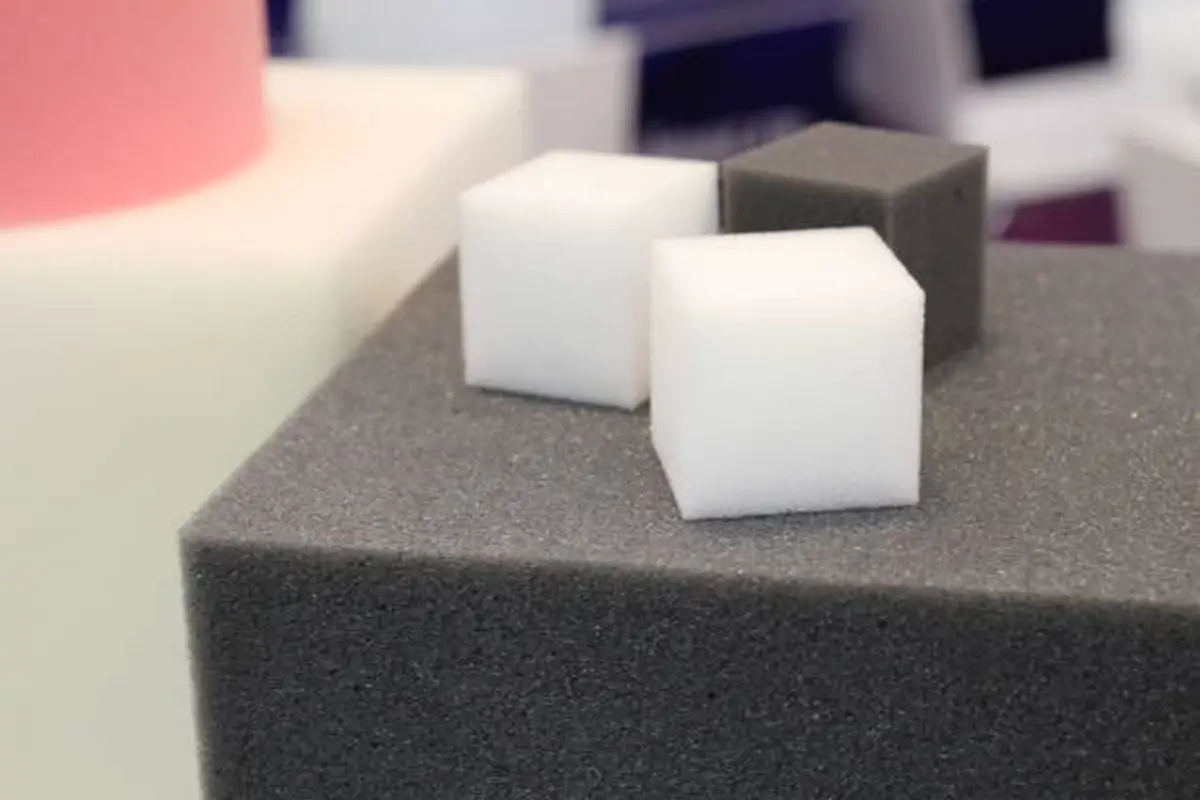Things you didn’t know about Polyurethane Foam, Online property advice, Roofing help guide
15 Things You Didn’t Know About Polyurethane Foam – But You Need to Learn
25 Oct 2023
Polyurethane foam, often called “PU foam,” is a versatile material used in many applications. Polyurethane foam is an unsung hero in our daily lives, from insulation to cushioning. Here are 15 aspects of polyurethane foam that you may not be aware of but should certainly know!
Foam Structure and Composition
Polyurethane foam results from the chemical reaction between polyols and diisocyanates. The resulting material is a solid with an open-cell or closed-cell structure. Open-cell foam is soft, flexible, and highly breathable. At the same time, closed-cell foam is rigid and water-resistant. The choice between these two types of foam depends on the intended application.
Versatility in Insulation
Polyurethane foam is a widely used insulating material in construction. When applied as a foam spray, it expands to fill gaps and cavities, providing an airtight seal. This property makes it a superior choice for both thermal and sound insulation in buildings. It reduces energy consumption and enhances acoustic comfort.
Comfort in Mattresses
One of the most common uses of polyurethane foam is in mattresses. It provides the comfort and support required for a good night’s sleep. Depending on the density and formulation, foam mattresses offer different levels of firmness and contouring. This will ensure a restful sleep experience.
Customization with Density
Polyurethane foam’s properties can be customized through variations in density. Low-density foam is soft and comfortable, ideal for seat cushions and mattresses. In contrast, high-density foam is more rigid and durable, often used for structural support in furniture and automotive applications. Additionally, packing foam can be used to ship any size of goods.
Buoyancy in Life Jackets
Polyurethane foam’s buoyant nature is key in life jackets and personal flotation devices. It keeps individuals afloat, providing crucial safety during water activities and emergencies.
Durability and Resilience
Polyurethane foam is known for its resilience and durability. It can withstand repeated compression and return to its original shape. This makes it suitable for long-lasting applications such as furniture cushions and vehicle seats.
Medical Applications
In the medical field, polyurethane foam is used for wound dressings, surgical drapes, and as padding for orthopedic devices. Its biocompatibility, moisture-wicking properties, and softness make it an ideal patient care and comfort choice.
Rigid Foam in Construction
Besides insulation, rigid polyurethane foam boards are used as structural components in construction. They are lightweight, easy to work with, and provide excellent thermal insulation. These foam boards are commonly seen on walls, foundations, and roofs.
Soundproofing and Acoustics
Polyurethane foam is a favorite material for acoustic treatment in studios, theaters, and homes. Its open-cell structure absorbs sound waves, reducing echoes and background noise and enhancing the auditory environment.
Green Alternatives
As environmental concerns grow, there is a shift toward eco-friendly polyurethane foam alternatives. Soy-based polyols and bio-based foams are gaining popularity, offering sustainable options without compromising performance.
Impact in Automotive Industry
Polyurethane foam is extensively used in the automotive industry. It mainly contributes to passenger safety and comfort. It can be found in car seats, headrests, and interior insulation. In addition to providing a comfortable driving experience, foam absorbs impact energy in a collision. This will reduce the risk of injury.
Foam Artistry
Polyurethane foam is not limited to industrial or practical applications. Artists and sculptors utilize foam as a creative medium. It can be carved, shaped, and painted to bring imaginative ideas to life. Foam sculptures have been featured in art exhibitions, adding a touch of uniqueness to the art world.
Fire Safety Considerations
When used in building insulation, polyurethane foam is required to meet certain fire safety standards. Flame-retardant additives are incorporated to prevent the rapid spread of fire. Proper installation and adherence to safety regulations are essential in minimizing potential fire hazards.
Safe Handling and Disposal
While polyurethane foam offers various benefits, it must be aware of proper handling and disposal. Recycling options for foam are available, reducing its impact on landfills. Following safety guidelines when working with foam products is important. This will minimize health risks, particularly during cutting or sanding.
Research and Development
The properties of polyurethane foam continue to be researched and developed, leading to innovative applications in various industries. Researchers are exploring ways to improve its performance, longevity, and sustainability. As technology advances, polyurethane foam will likely play an even more significant role in our lives.
Fall In Love with This Versatile Item
Polyurethane foam is a remarkable material with many applications that often go unnoticed. Its versatility, from thermal insulation to artistic expression, contributes to our daily comfort and safety. Knowing its properties and potential environmental impact is key as we rely on it in various aspects of our lives. No matter what you’re doing, polyurethane foam is quietly working behind the scenes to make life better and safer.
Comments on this guide to Things You Didn’t Know About Polyurethane Foam article are welcome.
Roofing
Roofing Posts
Affordable unique roofing design for your home
Hire an Expert to Look at your Roof
3 tips to find a great roofing contractor
Building Design
Residential Architecture Articles
Reduce home heating costs with spray foam insulation
Nordea Bank Ørestad North, Copenhagen, Denmark

image © Henning Larsen Architects
Comments / photos for the Things You Didn’t Know About Polyurethane Foam page welcome





